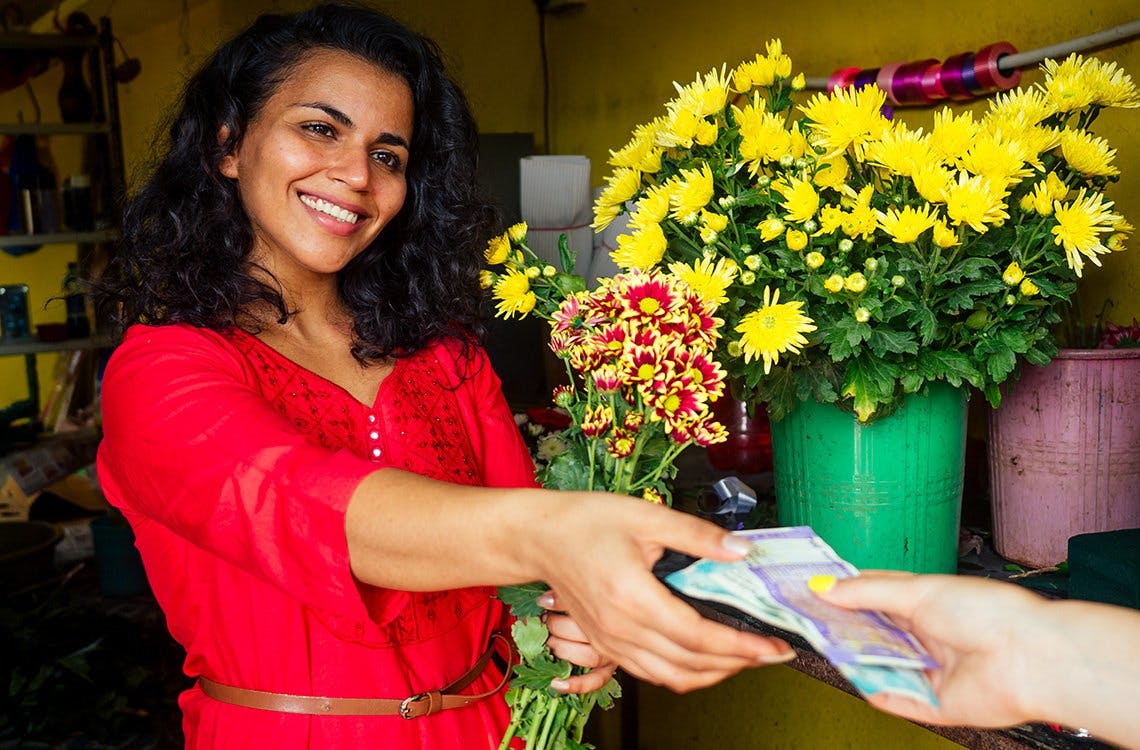
Cash Thriving in India
The legendary love of cash among Indians has seemingly not only survived but grown over the past few years, despite policies favouring cashless payments.
Writing for The Federal, independent journalist Alam Srinivas recently explored the persistent significance of cash to India’s economy and payments landscape. India has taken steps to strengthen financial inclusion, ensuring more people—especially those in rural locations—have bank accounts and access to financial services. This, alongside developments in digital infrastructure, has opened up new ways to pay for transactions large and small.
Srinivas points out that—despite years of reforms prioritising cashless options—banknotes in circulation grew 13 percent between 31 March 2020 and 1 January 2021, and modern theorists assert that more circulating cash equals a healthier economy.
In November 2016, India’s government announced the demonetisation of 500 and 1,000 rupee banknotes. Overnight, 86 percent of the country’s cash was wiped out as people scrambled to deposit the notes into their bank accounts.
Just prior to this move, circulating cash amounted to just over 12 percent of India’s GDP. This had dropped significantly to just nine percent by March 2017. However, thereafter it climbed and had returned to 12 percent of GDP by March 2020. The COVID-19 pandemic reinforced this upward trend, driven by ‘precautionary motive in uncertain times’, according to the Reserve Bank of India.
Demonetisation proved cash was king. In the years after that disruptive event, the situation is the same. Despite digital democracy, we are still obsessed with paper money.
Srinivas also highlights a common cash myth that can be easily debunked: that more cash in the system suggests corruption. He says the modern way to give bribes is not in banknotes, but in the form of assets. Illegal payments in the form of shares, whose valuations rocket upward within a few months, have obvious advantages.
The corrupt hold just five percent of their wealth in cash. A bulk of the wealth is held in the form of gold, land and flats.
In conclusion, Srinivas feels governments should not be overly concerned about their populations continuing to use cash, and should ensure they support their people by increasing supplies of physical money when shortages arise. ‘As long as the paper money leaves a distinct paper trail,’ he notes, ‘it becomes a part of the monetary system, and this is exactly what governments need to desire.’
